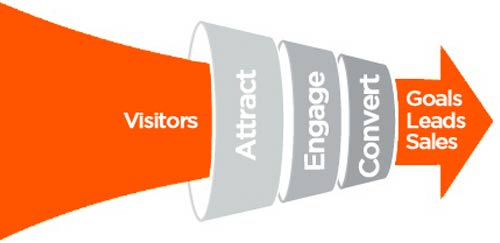 In a nutshell, tracking your conversions allows you to more accurately create your marketing budget, as well as identify which marketing efforts are working and which are not. One of the biggest mistakes we see in small business is that marketing efforts are not accurately tracked in some sort of CRM (even if it’s one you build on your own with a couple creative spreadsheets).
In a nutshell, tracking your conversions allows you to more accurately create your marketing budget, as well as identify which marketing efforts are working and which are not. One of the biggest mistakes we see in small business is that marketing efforts are not accurately tracked in some sort of CRM (even if it’s one you build on your own with a couple creative spreadsheets).
All successful businesses track their sales conversions, drilled down not only to referral source, but to specific ads and campaigns. Investing both time and money into conversion tracking is vital to building a successful trade school.
A truncated example: if your website visit to lead conversion rate is 10%, and your lead to enrollment conversion rate is 10%, then your overall website visit to enrollment conversion rate is 1%. If, then, you want 50 students, you can predict that you need 5000 website visitors in order to reach your target enrollment number.
The above example is a very “easy math” version. Each marketing channel will have different conversion rates: visit to lead, lead to application, and application to enrollment. You’ll¬†immediately¬†find (which means you can predict starting now if you don’t have this data yet) that the more expensive marketing channels (on a pay per click basis) tend to have better conversion rates, where as the general ad placements (print, radio, TV) cost more based simply on advertising reach.
The more you collect data on the conversion rates for the key steps in the enrollment process for each referral source, the more accurately you’ll be able to set your future marketing budget (like the east math example above, but for many different sources and channels). You can approach your budgeting process based on how many students you want, rather than “guessing” how much marketing and advertising you might need to get good enrollment numbers.







